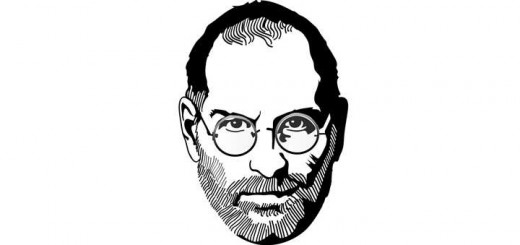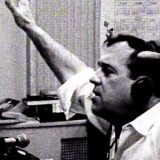The Most Misused Word In Podcasting
This post is about the most misused word I’ve seen since my wife referred to my writing as cute. The word is bandied about as if it were the magic bullet that will turn your podcast into an overnight sensation. With it, your brand will become the new Coca-Cola. Without it, the new Edsel (look it up). And yet, many of the people using it do so as if to demonstrate they have no idea what it means.
The word is story.
Stories have a somewhat imprecise definition, but one thing that is agreed upon by storytellers is that stories have a shape and form. That part of storytelling is easy to demonstrate.
The King died.
The Queen died.
Story? Nope. That’s a chronology. It describes two events in time. By convention, the second event (the Queen’s death) happened after the first. This is the sort of stuff you find in history textbooks. Regardless of your age, I defy you to admit your high school history text was full of riveting storytelling. Unless you’re a historian, chronologies are about as interesting as the protocol for a colonoscopy. Just less scary.
One Thing Leads to Another
Let’s try something else.
The King died.
The Queen died, of grief.
Story? Yes.* What’s the difference? Three words: cause and effect.
The Queen’s death was caused by the King’s death. Presumably, the Queen’s death caused another, significant, event that caused another event and so on down the line. It’s that cause-and-effect chain that creates the shape of the story, often called the story’s spine. Everything else is window dressing, although I mean that in a good way. It’s the way the spine is presented that makes a story unique and engaging. But that’s something for another post.
The Hero and the Story
Right now, let’s stick with this idea of the spine, because there’s a little more to it. We want the stories we tell to take our listeners on an emotional ride. While dozens of events might fall on the story’s spine, we need to select those events that create that rising and falling drama we associate with great storytelling.
The most popular stories, and I mean the stories told by Hollywood, have a spine that follows a standard pattern, originally identified by Joseph Campbell in his book The Hero With A Thousand Faces.* *(Want to be a storyteller? Start with that book.) This pattern is at the heart of all great myths, fairy tales and Hollywood blockbusters. And it predates you and me by tens of thousands of years.
Here it is in distilled form (using hero to represent the person the story is about):
- the hero enjoys a peaceful existence;
- the hero is approached to take on an extraordinary mission, which the hero declines;
- the hero is approached again, only this time circumstances have changed and the hero cannot refuse;
- the hero crosses the threshold, from the his/her everyday life into an extraordinary life;
- the hero overcomes challenges on the way to completing the mission. Ultimately, the hero faces a challenge that comes with a choice: return to everyday life, or continue forward with the understanding that moving on means the hero must complete the mission. There will be no turning back;
- the hero proceeds, because if he/she doesn’t there is no story and no need to tell it;
- the hero encounters even more dire challenges, loses one or more, and finds him/herself in a situation in which success appears impossible;
- the hero realizes there is a way out, a way that might lead to success. The hero takes it;
- the road to success is still cluttered with challenges, but the hero has renewed strength and confidence and bests them all, completing the mission;
- the hero returns to ordinary life, but he/she is no longer the same person. The hero returns a higher version of his/her former self.
Watch a film or read an action/adventure novel and see if you can pick out these moments in the story.***
Good Stories are Made Not Born
Many podcast interviews and host ramblings I’ve heard are introduced as stories when they’re not. “Let me tell you the story of my success,” Let me tell you the story of my company,” Let me tell you the story of how I came to decide ______,” are rarely stories. They’re chronologies. They lack both cause and effect and the rising and falling drama of an engaging story.
And this is why I am such a stickler for editing podcasts before posting them. Every episode can include a riveting story. But if the guest, or the host, isn’t a professional storyteller, that story won’t be there the first time around. It has to be brought out in post-production. Which means podcasters have to avoid retreating into the one-and-done style of podcasting that’s all too familiar these days.
A rose by any other name, so the saying goes, would smell as sweet. Chronologies are not roses. And calling a chronology by another name doesn’t make it sweeter.
[FOR THE RECORD: I am an Amazon affiliate. If you click on the links to books in this post and buy from Amazon I will get a small commission. This will not affect the price you pay.]
**Chris Vogler took Campbell’s work and simplified it for screenwriters. You might find his book, The Writers Journey: Mythic Structure for Writers, 3rd Edition, more accessible.
***Here’s what to watch for in a typical action film. The hero crosses the threshold at about 30 minutes in. The hero is faced with the no-return choice about 60 minutes in. The hero appears to be hopelessly defeated about 75 minutes in. The hero realizes there’s away out at 90 minutes in. The hero returns to his old life around 120 minutes in. For most blockbuster films you can literally set your watch by these story moments.









